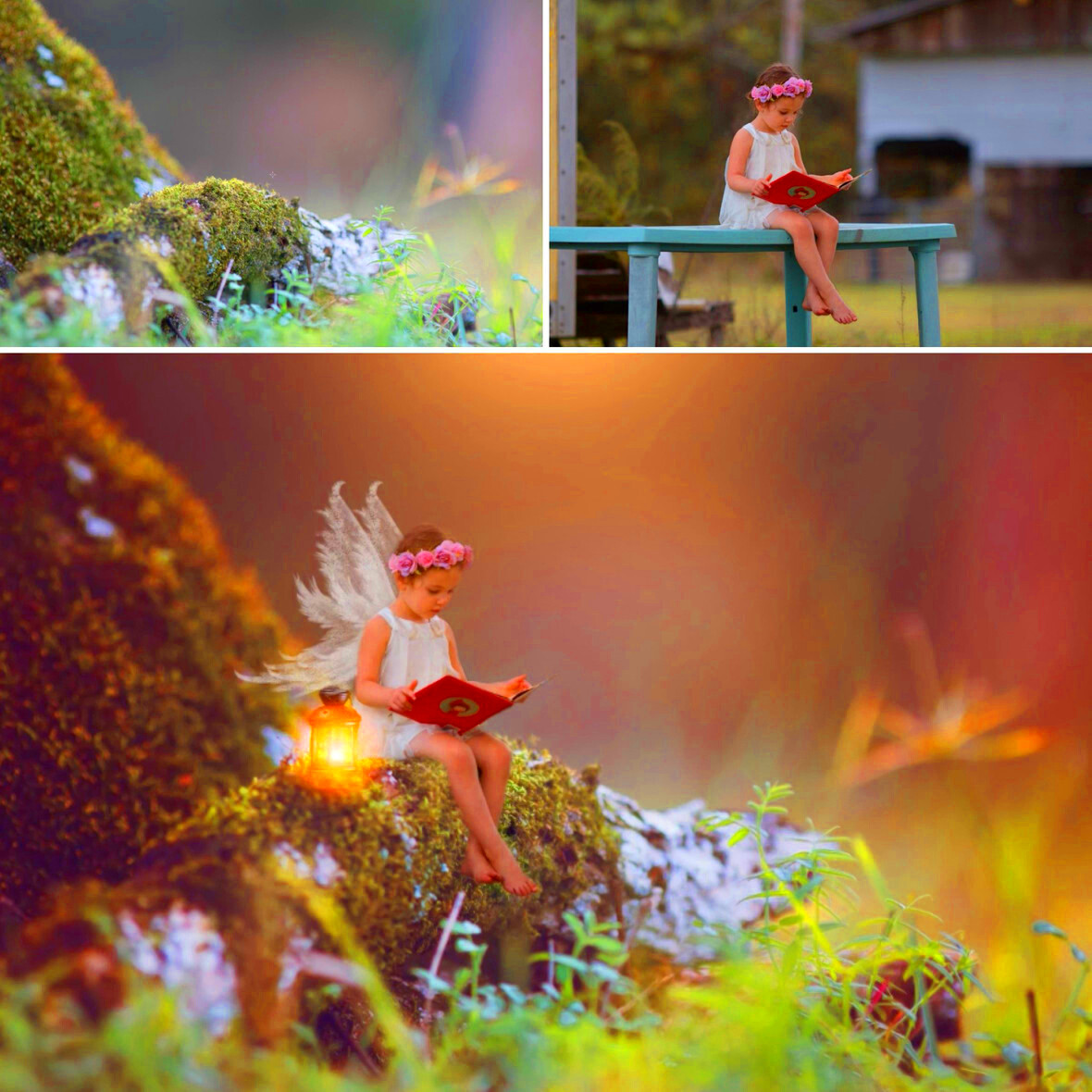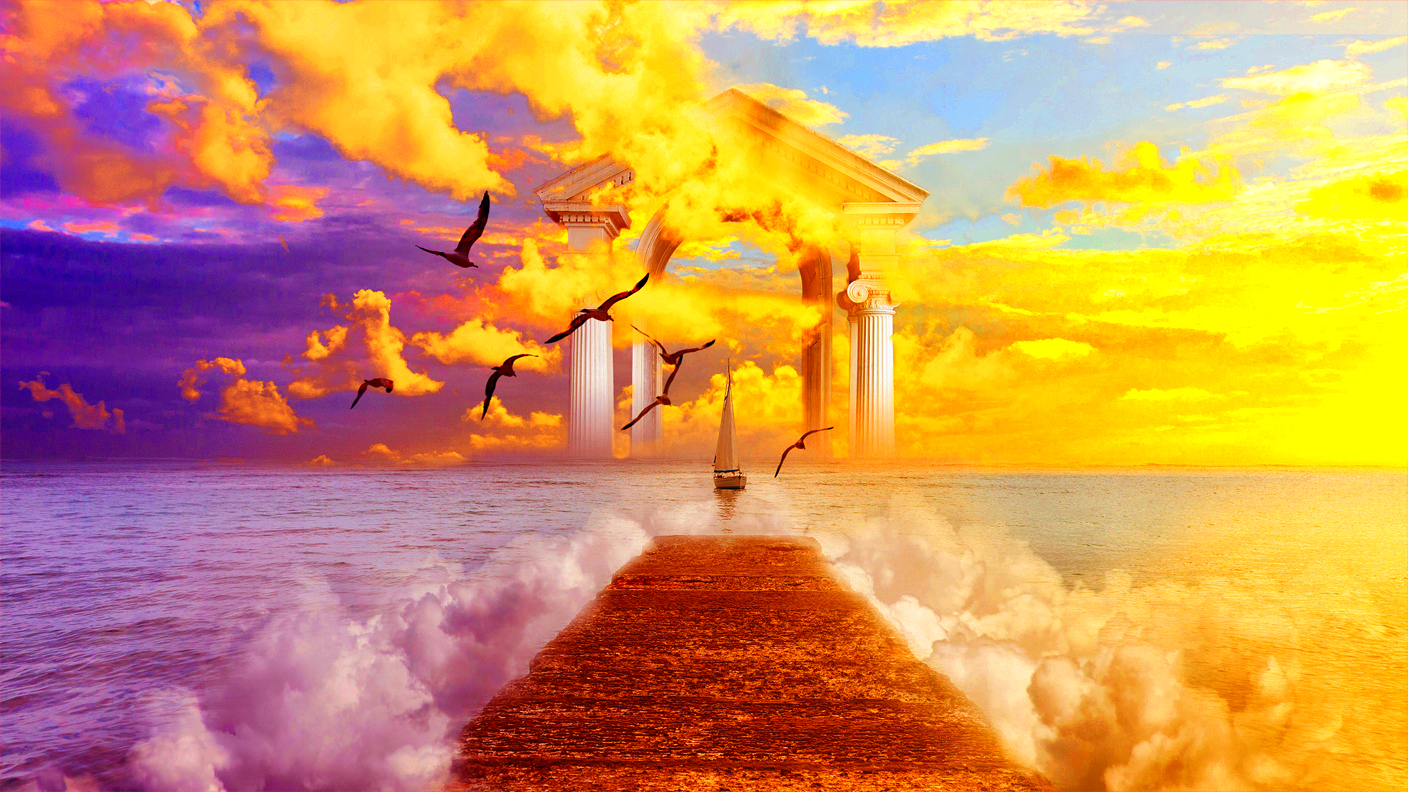Images consisting of several elements are called composite
images. With this technique, artists and photographers can create eye-catching visuals that are able to communicate a message or narrate a tale. It is not just about overlapping pictures; it is also about merging them well.
Gathering Your Resources for Composite Images

Prior to diving into composite creation, one needs to gather resources. This is a checklist that can help you get started:
- High-Quality Images: Look for images that are clear and have good lighting. Websites like HD Stock Images offer a variety of stock photos that can be used.
- Textures and Backgrounds: Consider adding textures to enhance your image. You can find textures online or create your own.
- Graphic Elements: Icons, shapes, and other graphics can add depth to your composite image.
- Fonts: If you plan to add text, choose fonts that complement your design.
When editing, it is always good to have these materials at your disposal as they will make life easier and more cheerful.
Choosing the Right Software for Editing
Choosing suitable software is key to making wonderful composite pictures. Some common choices include:
| Software | Key Features | Best For |
|---|
| Adobe Photoshop | Layer management, extensive tools, and filters | Professional photographers and designers |
| GIMP | Open-source, customizable interface | Budget-conscious users |
| Affinity Photo | One-time purchase, powerful tools | Those seeking an alternative to Photoshop |
While picking out software for yourself, be mindful of how good you are at using it as well as the functionalities that you may need in the same software. Now and then, each program has its own advantages hence try several programs before selecting the best one suitable for your usage!
Step-by-Step Guide to Creating Composite Images
Although it initially appears complicated, composing hybrid
images may eventually turn out to be an enjoyable and fruitful activity. Here’s an easy choice option for you to consider:
- Choose Your Base Image: Start with a main image that will serve as the background. This sets the tone for your composite.
- Add Additional Images: Import other images you want to include. Think about how these elements will interact with your base image.
- Use Layers: Organize your images in layers. This way, you can adjust each element without affecting the others.
- Masking: Use masks to blend edges and eliminate unwanted parts of your images. This helps create a seamless look.
- Adjust Colors: Make sure the colors of all elements match. You can use color correction tools to achieve a unified look.
- Final Touches: Add any finishing touches like shadows, highlights, or textures to enhance depth.
If you will follow these steps, soon enough you will be able to create a stunning composite image that will wow everyone!Here is how to make a composite image- Search for some background
images
- Create a new file with the desired size and resolution
- Copy and paste the backgrounds into the new file
- Use different tools to remove their backgrounds
- Layer them together according to your needs
- For final adjustments, use brightness/contrast or color correction filters
- Save in a preferred format like JPEG or PNG.
Tips for Blending Elements Seamlessly
Combining diverse visuals into a single consistent image can be difficult but with proper skills you can make it seem easy. Some useful suggestions include:
- Match Lighting: Ensure that all images have similar lighting. If one element is bright and another is dark, it will look out of place.
- Use Similar Color Palettes: Stick to a color scheme that works well together. You can use color theory to help with this.
- Soft Edges: Use feathering or soft brushes to blend the edges of your images. Harsh lines can break the illusion.
- Shadow Effects: Adding shadows can create depth. Be mindful of the light source to make shadows realistic.
- Experiment: Don’t hesitate to try different arrangements and effects. Sometimes the best results come from experimenting!
Following these recommendations will make your composite photos appear classier and more high-class.
Common Mistakes to Avoid in Composite Images
Stick to these tips for successful composite photographs! Avoid these common pitfalls when creating composite
images:
- Poor Resolution: Using low-resolution images can lead to blurry results. Always use high-quality images.
- Ignoring Perspective: Elements with different perspectives can clash. Make sure all items share a similar viewpoint.
- Overusing Effects: Too many filters or effects can overwhelm your image. Keep it simple for better impact.
- Neglecting Background: Ensure the background complements your composite. A distracting background can pull focus away from your main elements.
- Forgetting to Save Work: Always save your work regularly to avoid losing your progress!
If you are conscious of these frequent blunders, it is possible for you to come up with even more efficient and aesthetically pleasing composite
images.
Enhancing Your Composite Images with Effects
When you’ve finished your composite image, it may need some effects to stand out in its uniqueness. Effects are used in unifying the composition and at times becoming a creative pull into the artwork for your attention. So, here are a few popular effects that you could think about:
- Blur Effects: Use blurring to create depth of field. This technique can help focus attention on your main subject by softening the background.
- Color Grading: Adjust the overall color tones to match the mood of your image. You can apply filters or manually tweak colors for a more dramatic look.
- Lighting Effects: Adding light rays or glows can bring your images to life. Consider where the light is coming from and use effects to mimic that.
- Textures: Overlaying textures like grunge or paper can add richness to your image. Just adjust the opacity to keep it subtle.
- Gradients: Using gradients can enhance backgrounds or create a smooth transition between elements in your composite.
Do not forget this, moderation is essential! A lot of effects might confuse your music. Start with a handful and examine the way they improve your picture before including any additional ones.
Frequently Asked Questions
If you are about to explore the composite imaging field, there could be some questions bothering your mind. Below are common queries that will assist you in the process:
- What is a composite image? A composite image is created by combining multiple images or elements into one single visual.
- Do I need special software? While professional software like Photoshop offers the best tools, many free or less expensive options like GIMP can also do the job.
- Can I use stock images for composites? Absolutely! Just make sure to check the licensing terms before using them in your projects.
- How do I make my composite look realistic? Focus on matching lighting, perspective, and color tones across all elements to create a cohesive look.
- What formats are best for saving my work? Save your project in a format that preserves layers, like PSD. For sharing, JPEG or PNG are good options.
If you are going on a composite image journey, do not hesitate to contact me for more inquiries!
Conclusion on Making Stunning Composite Images
The act of creating impressive composite images is a satisfying endeavor through which you express your imagination. In order to make visuals that are engaging and interesting, one needs to know how to blend images, collect the right resources, and utilize useful tips and effects. Keep in mind that practice is the key to success. The more you test yourself; the better you become. Therefore, it is important for the artist not to shy away from trying out new methods or going beyond their comfort boundaries. Before long, you will find yourself making composite pictures that are not only appealing but also narrate an exciting tale. Have fun creating!
 Prior to diving into composite creation, one needs to gather resources. This is a checklist that can help you get started:
Prior to diving into composite creation, one needs to gather resources. This is a checklist that can help you get started:
 admin
admin








